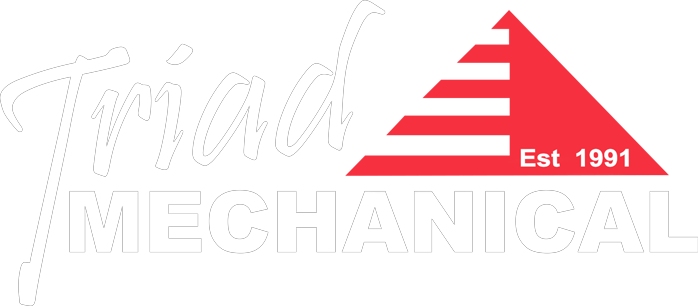As winter approaches, you’ll be spending more and more time inside with the windows and doors shut. Winter is the time of the year that the air quality inside a home gets worse than any other time of the year. This is because you don’t have the option to open up the house to let fresh outside air inside. In winter months, the best thing to improve indoor air quality is to regularly change your furnace air filter to a high-quality air filter that will capture dirt, dust, debris, and even viruses depending on the level of filtration you choose.
Fresh HVAC air filters keep the indoor air quality of a house clean and healthy by capturing particulates in the air. Air filters also keep a home’s HVAC equipment running efficiently, lowering power bills. A clogged filter will reduce airflow, causing an HVAC system to work harder than it needs to. This can eventually lead to failure, and then you’ll need to call in for HVAC repair in Lilburn, GA.
Understanding the Differences in Air Filters
Not all air filters have the same ability to filter air. MERV stands for Minimum Efficiency Reporting Value and is how the HVAC industry measures an air filter’s ability to remove dust, dirt, debris, and pollutants from the air. The higher the MERV number, the better job the filter does at capturing smaller bits of dust, dirt, debris, pollutants, and viruses.
Air filters with a MERV rating between 1 and 4 are the cheaper air filters. They will trap about 80 percent of particles 50 microns or larger and 25 percent of particles between 3 to 10 microns. This is the minimum level of protection to prevent large dust particles from damaging furnace components. The next level of filters is pleated filters. They have MERV ratings of 5 and 8. These filters capture particles as small as 5 microns, including pollen, dust mites, pet dander, etc.
Next on the scale are electrostatic filters. These have a MERV rating of up to 10. They work differently than fiberglass pleated filters. Electrostatic filters have self-charging fibers that pull in and capture particles as tiny as 1 to 3 microns. The most efficient filters are high-efficiency particulate air (HEPA) filters. HEPA filters have a MERV rating between 17 to 20. HEPA filters capture 95 percent of particulates as small as 0.3 microns.
How to Change a Filter
Depending on your type of furnace, it may not be as easy as you think to locate where the air filter should be inserted. You can look in the furnace owner’s manual to find a diagram. But if the manual is not available, the best thing to do is stand in front, looking at the furnace. At the bottom of the furnace near the floor is the blower motor. This motor is what pulls air into the furnace, and then pushes it straight up through the furnace. The air filter is intended to sit to the right of the blower motor. There may be a small door or a piece of sheet metal in a slot that you slide out. Open the door or slide out the sheet metal and look inside. If there is an air filter inside, you’ve identified where the filter should be inserted.
[/et_pb_text][/et_pb_column][et_pb_column type=”2_5″ _builder_version=”4.9.4″ _module_preset=”default” global_colors_info=”{}”][et_pb_image src=”https://triadmechanical.com/wp-content/uploads/2021/09/Triad-Mechanical_An-Ultimate-Guide-to-Changing-HVAC-Filters_IMAGE2-320×213-1.jpg” title_text=”Triad-Mechanical_An-Ultimate-Guide-to-Changing-HVAC-Filters_IMAGE2-320×213″ align=”center” _builder_version=”4.10.8″ _module_preset=”default” hover_enabled=”0″ global_colors_info=”{}” sticky_enabled=”0″][/et_pb_image][/et_pb_column][/et_pb_row][et_pb_row _builder_version=”4.9.4″ _module_preset=”default” custom_padding=”0px|||||” global_colors_info=”{}”][et_pb_column type=”4_4″ _builder_version=”4.9.4″ _module_preset=”default” global_colors_info=”{}”][et_pb_text _builder_version=”4.10.8″ _module_preset=”default” header_2_line_height=”1.3em” header_3_line_height=”1.3em” hover_enabled=”0″ global_colors_info=”{}” sticky_enabled=”0″]The next most important thing is to insert the air filter in the right direction for airflow. Look at the edges of the air filter until you see the arrows. Slide the air filter into the slot with the airs pointing towards the furnace and blower motor. Air filters are designed so air will pass through in one direction. This prevents dust and debris from moving in and out of the filter. If you have any questions, you can call a local HVAC company, and they would be happy to help you with this.
Dispose of the old, dusty filter in a plastic trash bag, so the dust and debris don’t get knocked off while you’re walking through your house. It is also a good idea to mark on your calendar 30 days in the future to remind yourself to replace the filter again.
For more information on learn about changing HVAC filters, call Triad Mechanical at 770-682-0075.

